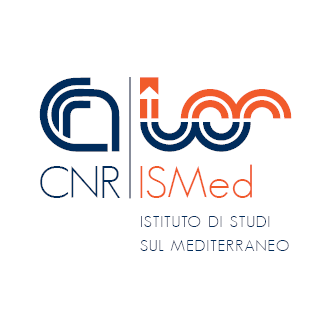Urban Economy Begins: Structural and Quantitative Aspects of Early City State Economies in the Ancient Near East (2900-2350 BC)
The project aims to rethink the core features of early city-state economy, as emerging from an in-depth analysis of cuneiform texts from Mesopotamia and Syria, dated to the Early Dynastic period (ca. 2900-2350 BCE). The project is urgent in that a large amount of new textual sources has been published in recent years, but such valuable materials are yet to be exploited for the reconstruction of economic developments within the first city states, with profound implications on subsequent historical phases.
The corpus consists of roughly 7.500 tablets, most of which are presently of difficult access to non-specialists of cuneiform sources (lack of English translations, edition in scattered articles, no coherent treatment for the early periods). Using an interdisciplinary approach that combines current methodologies in the fields of History of the Ancient Near East, Assyriology (philology of cuneiform sources) and Digital Humanities (computational analysis, data-mining, data visualization, web-GIS), the project will re-evaluate economic structures and operative factors within the urban system (temples, palaces, households, bureaus, private actors, markets, etc.), in their socio-economic context, with focus on quantitative aspects of production, workforce, resource management.
The project is articulated in three working units – Ca’ Foscari University of Venice, Alma Mater University of Bologna, Consiglio Nazionale delle Ministero dell’Università e della Ricerca Ricerche — led by experts in the academic fields relevant for the project (History, Philology, Digital Humanities). The digital part builds on previous long-term experience of the Venice and Rome units (Ebla Digital Archives on-line database), which will assure the overall feasibility.
The planned output is an in-depth, coherent, up-to-date monograph focused on the early urban economy in the ancient Near East, complemented by the edition of unpublished texts in the Iraq Museum, plus volumes on primary sources gathered for the project (edition of cuneiform texts, catalogs, indices, English translations), as well by an innovative open-access platform for the study of Early Dynastic cuneiform texts, which is a desideratum in the field of Mesopotamian studies. The project has great potential to expand our knowledge not only in the field of Ancient Near Eastern studies and related disciplines, but also on many fields concerned with the study of economy in comparative perspective (Economic History, Political Economy, Financial Sciences, Economic Law), as well as on Assyriology, and Digital Humanities (with reference to methodologies and tools for computational analysis of ancient written sources). The results will be disseminated to a diverse audience: experts in the fields of Ancient Near Eastern studies; scholars involved in the analysis of ancient economic systems in comparative perspective; post-docs, MA and BA students; the wide audience. The open source model adopted for all project’s output will assure maximum exploitation.

Website: https://ueb.cnr.it
Financing authority: MIUR – Ministry of University and Research
Announcement reference: Prin 2022 Announcement – Directorial Decree no. 104 of 02-02-2022
Identification code: 2022Y893YS
Total financing: 194.490 €
ISMed quota: 28.701,00 €
Project coordinator: Massimo Maiocchi (University Ca’ Foscari Venezia)
ISMed scientific officer: Francesco Di Filippo
Partner: Palmiro Notizia (University of Bologna Alma Mater Studiorum)
Start date: 28/09/2023
End date: February 28, 2026
Keywords (3-5): Ancient Near East; Economy; Early Dynastic period; Cuneiform texts; Digital Humanities
Disciplinary sector: ERC SH6 “The Study of the Human Past”
Last update
13 May 2025, 11:55

 CNR – ISMed
CNR – ISMed